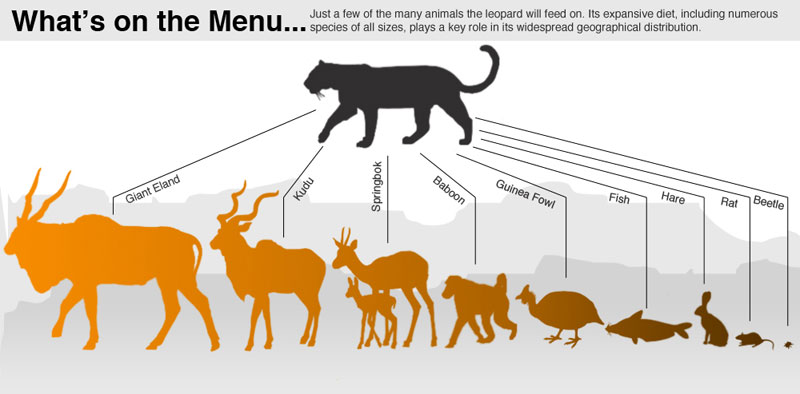Himalaya snow leopards are finally coming into view Biology Diagrams The snow leopard food chain is a complex web of interconnected relationships. As apex predators, snow leopards play a crucial role in maintaining the balance of their ecosystem. Their primary prey includes blue sheep, ibex, and other ungulates. These prey species rely on vegetation for sustenance, showcasing the interdependence of different trophic levels. The Snow leopard ranges from the west of Lake Baikal through southern Siberia, in the Kunlun Mountains, Altai Mountains, Sayan, and Tannu-Ola Mountains, in the Tian Shan, through Tajikistan, Kyrgyzstan, Uzbekistan, and Kazakhstan to the Hindu Kush in eastern Afghanistan, the Karakoram in northern Pakistan, in the Pamir Mountains, the Tibetan Plateau and in the high elevations of the Himalayas The snow leopards inhabiting Himalayas likely prey on bharals and Siberian ibex but they also supplement their diet with gorals, wild boars, red panda, pikas, marmots, langur, antelopes, pronghorns, chukar, rodents, snow cock, woolly hares, and deer. Read More: Snow Leopard Facts for Kids. Over the past many years, snow leopards are beginning

In the Sagarmatha National Park (SNP), the most frequent species of prey in snow leopard faeces was Himalayan tahr in both winter and summer, followed by cow and musk deer in winter, and cow and yak in summer; weasel spp. and dog were also consistently recorded in both seasons, whilst other small prey occurred only in summer ().In the ACA region (in both LM and UM), snow leopard consumed Its position at the top of the food chain makes the elusive big cat extremely significant. Any form of attempt of destabilising the position of the Snow Leopard from its position through illegal poaching, trade or climatic disturbances could trigger a massive ecological impact.

Diet and prey selection by snow leopards in the Nepalese Himalayas Biology Diagrams
The snow leopard, a majestic creature of the high Himalayas, occupies a critical position in its fragile ecosystem. Understanding the Food Web For Snow Leopard survival is essential for conservation efforts. This article delves into the intricate dynamics of the snow leopard's diet and the challenges it faces in a changing world. In this paper, we compared diets and prey selection of snow leopards and wolves based on analyses of genotyped scats (snow leopards n = 182, wolves n = 57), collected within 26 sampling grid cells (5×5 km) that were distributed across a vast landscape of ca 5000 km 2 in the Central Himalayas, Nepal. Within the grid cells, we sampled prey

Regional Differences in Snow Leopard Diet. Snow leopard diets vary distinctly across different geographical regions, reflecting the diversity and adaptability of this elusive predator. In the higher altitudes of the Himalayas, where Bharal, also known as blue sheep, are abundant, these species become a critical food source for the snow leopards. So what do snow leopards typically eat? It varies by location, but the most common prey are wild sheep and goats. Key prey species for snow leopards are the blue sheep (also known as bharal), the Siberian ibex and Himalayan tahr, and the previously mentioned argali. Wild prey availability is the most critical factor in determining if an area
